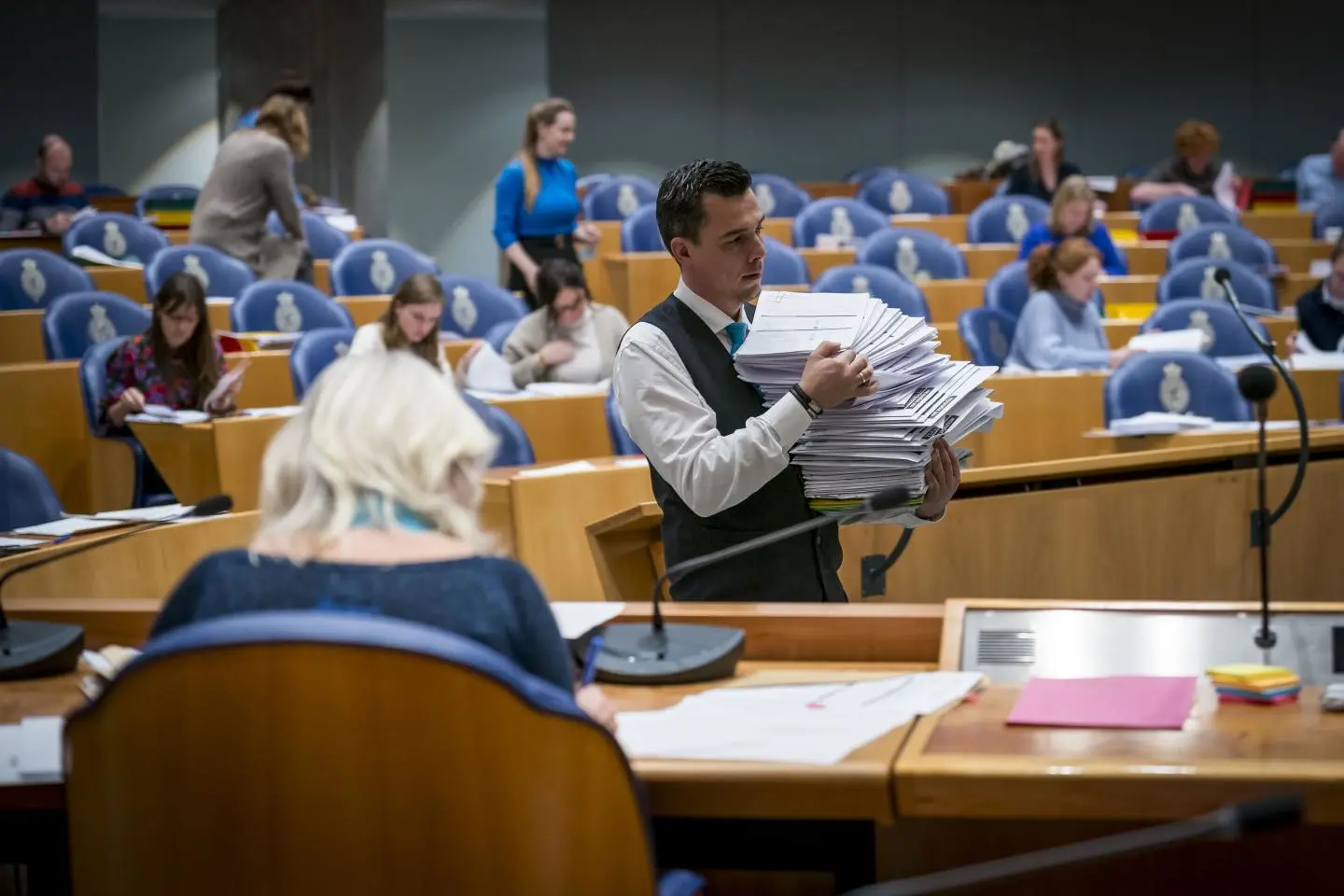
How is a cabinet made?
Share on social media:
In the Netherlands, it often takes months before there is a new cabinet. Why is this process so slow? And what happens in the meantime? In this article, you will read step by step how the formation works and how the roles of verkenner, informateur and formateur work.
Brief history
The Netherlands has been a
The
Many people felt that the role of the King or Queen is no longer appropriate in a modern democracy. Therefore, in 2012, the House of Representatives decided to take the reigns itself. Since then, the House of Representatives has itself chosen who leads the formation process. The King or Queen only plays a formal role in the swearing-in of the ministers and
After the elections
After the House of Representatives elections, the House of Representatives is reconstituted. This is done on the basis of the election results. The total number of valid votes is divided by 150, which is the number of seats in the House of Representatives. This determines how many votes a party must have for 1 seat in the House of Representatives. This number can vary from election to election.
The number of votes a party receives determines how many seats that party gets in the House of Representatives. Usually, no party alone has a majority. Therefore, parties in the Netherlands must work together to form a cabinet. This is called forming a coalition.
To start this process, the House of Representatives first appoints a 'verkenner'.
The 'verkenner' explores the options
During the exploration phase, the speaker of the House of Representatives invites all
The 'verkenner' usually comes from the largest party. He or she talks to all the party leaders. The aim is clear: to find out which parties have a majority together and see if they want to work together.
After the talks, the 'verkenner' writes a report. This states which parties are most likely to form a cabinet together.
The informateur leads the negotiations
After the exploration process, the House of Representatives appoints an informateur. The informateur investigates whether parties can agree on major issues, such as taxes, housing, healthcare, climate and migration. This is done in long negotiations. Sometimes this does not succeed. Then the House of Representatives can appoint a new informateur or even go back to a new exploration phase.
If it does succeed, the informateur will write a draft for the
The formateur chooses ministers
Once the main agreements are complete between the coalition parties, the House of Representatives appoints a formateur. This is usually the future prime minister.
The formateur divides the ministries and discusses which party will provide a minister or secretary of state. Sometimes things still go wrong and the formation process can still be unsuccessful.
Then the search for the right people begins. The participating parties nominate their candidates. They become the new ministers and state secretaries. Then the King or Queen officially appoints the new ministers.
Outgoing cabinet
Until the new cabinet can start, the old cabinet stays in place. That old cabinet is then called a caretaker cabinet. It only deals with current affairs and does not make any major new decisions. In an emergency situation, however, a caretaker cabinet can make major decisions.
How long will the cabinet formation process take?
A cabinet formation can be short, but it often lasts months. Over the past 25 years, a formation lasted an average of 114 days. The shortest was in 2003: 67 days. The longest was in 2021: 299 days. That record shows how difficult it can be to reach agreements with many parties.
If the cabinet is in place
When the formation process is complete, the King or Queen appoints the ministers and state secretaries. The prime minister then presents the coalition agreement in the House of Representatives. Then the new cabinet can officially begin work.